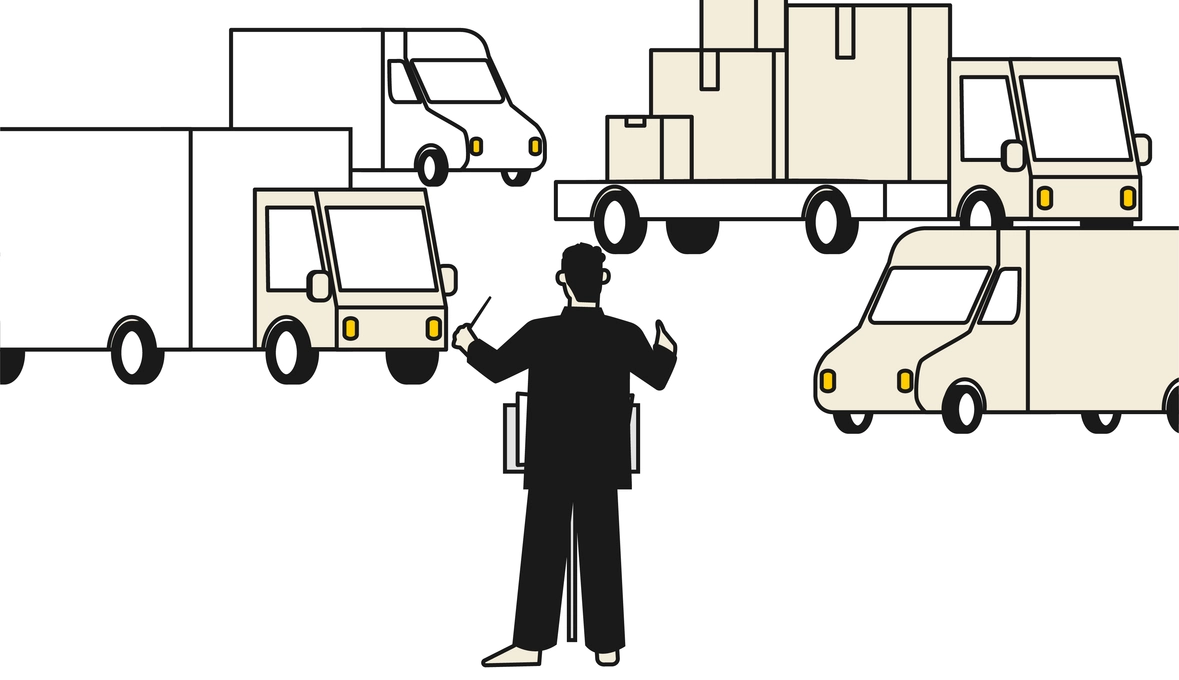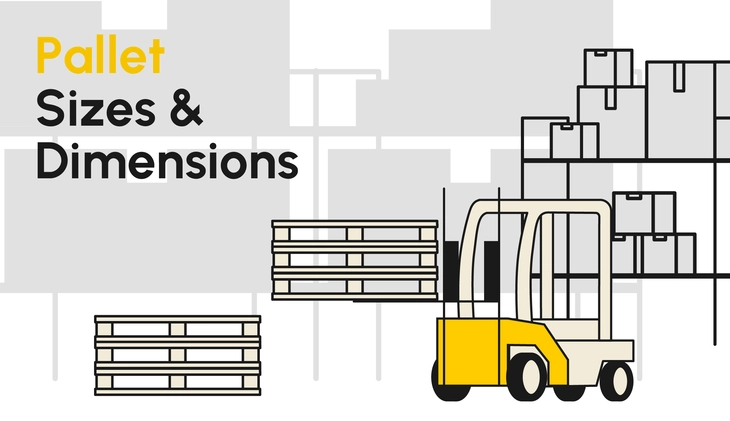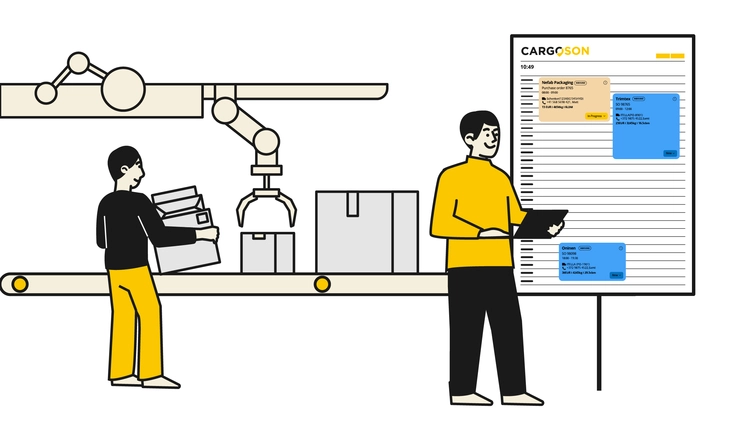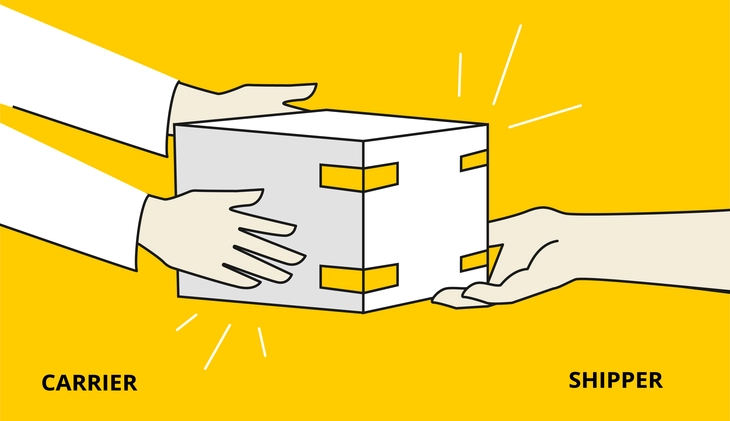The Tale of Your Japanese Ceramic Dinnerware
Imagine this: you've just ordered a beautiful set of Japanese ceramic dinnerware. Even as you click the 'order' button, a complex logistical network springs into action to ensure your purchase reaches you, and at the helm of this network is an often overlooked hero: the freight forwarder.
Demystifying Freight Forwarding
At its core, freight forwarding is all about coordination and oversight. A freight forwarder, a third-party logistics provider (3PL), doesn't move the goods themselves. Instead, they're akin to travel agents for cargo, ensuring that your orders cross international borders smoothly and efficiently.
The 3PL, 2PL, and 1PL Explained
The world of logistics is a universe of many players, and it's essential to understand how they interact. Freight forwarders are considered 3PL providers. They orchestrate the shipping process by coordinating with second-party logistics providers (2PL)—the carriers who physically transport the goods.
On the other hand, a first-party logistics provider (1PL) is a shipper who manages and transports their own goods. This approach might work for some, but when it comes to international shipping with its intricate customs regulations and various transport modes, having a 3PL like a freight forwarder can make life a lot easier.
On the other hand, a first-party logistics provider (1PL) is a shipper who manages and transports their own goods. This approach might work for some, but when it comes to international shipping with its intricate customs regulations and various transport modes, having a 3PL like a freight forwarder can make life a lot easier.
The Journey Managed by the Freight Forwarder
Now, let's go back to your dinnerware. As soon as your order is placed, the freight forwarder swings into action. They plan the most effective route, balancing cost, speed, and reliability. They might coordinate multiple 2PLs for land, sea, or air transport—the logistics equivalent of ensuring you catch all your connecting flights.
The freight forwarder also handles the paperwork needed to comply with international customs regulations. This involves preparing export documents, bills of lading, waybills, and import forms—an administrative task that keeps the journey seamless.
And they don't just plan and prepare. Freight forwarders actively track the shipment, keeping all parties informed of any changes or delays.
The freight forwarder also handles the paperwork needed to comply with international customs regulations. This involves preparing export documents, bills of lading, waybills, and import forms—an administrative task that keeps the journey seamless.
And they don't just plan and prepare. Freight forwarders actively track the shipment, keeping all parties informed of any changes or delays.
Communicating with Freight Forwarders: Shippers Thrive with Digital Tools
As a shipper, the digital age is your friend. Technology has made communicating with freight forwarders more efficient and transparent than ever before. Whether it's for tracking shipments or coordinating with freight forwarders, modern shippers use digital tools to take their logistics game to the next level.
Embracing Multi-Carrier TMS
Among these tools, multi-carrier transport management systems (TMS), like Cargoson, stand out. They act as centralized hubs for managing shipments. A multi-carrier TMS platform allows businesses to handle rate requests, bookings, transport statistics and shipment tracking for all their freight forwarders in one place.
This approach replaces the chaos of different environments and processes associated with individual freight forwarders. The result is a more efficient and streamlined logistics operation.
The next time you marvel at the seamless arrival of your online order, remember the role of the freight forwarder. They are the conductors in the grand symphony of global logistics, ensuring your goods make their way safely from the seller to your doorstep.
This approach replaces the chaos of different environments and processes associated with individual freight forwarders. The result is a more efficient and streamlined logistics operation.
The next time you marvel at the seamless arrival of your online order, remember the role of the freight forwarder. They are the conductors in the grand symphony of global logistics, ensuring your goods make their way safely from the seller to your doorstep.


![Selecting a Freight Carrier: 10 Tips [+ free scorecard] Selecting a Freight Carrier: 10 Tips [+ free scorecard]](https://www.cargoson.com/rails/active_storage/representations/redirect/eyJfcmFpbHMiOnsibWVzc2FnZSI6IkJBaHBBd2o5RVE9PSIsImV4cCI6bnVsbCwicHVyIjoiYmxvYl9pZCJ9fQ==--06447f54e22ae59c29bcf59b8b5f830afd66da06/eyJfcmFpbHMiOnsibWVzc2FnZSI6IkJBaDdDRG9MWm05eWJXRjBPZ2wzWldKd09oSnlaWE5wZW1WZmRHOWZabWwwV3dkcEF0b0NhUUwwQVRvTVkyOXVkbVZ5ZERzRyIsImV4cCI6bnVsbCwicHVyIjoidmFyaWF0aW9uIn19--2c7d6c6b28c4d68db8f7c1f368d1bcdc6ab5275a/selecting-a-freight-carrier-10-tips-plus-free-scoresheet-template-download-cargoson.webp?locale=en)



